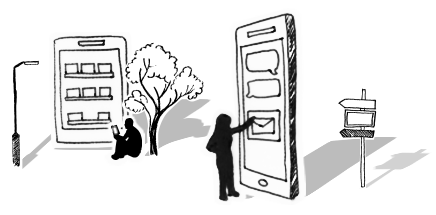




The Social Network: Discovering Informal Change Leaders
When undertaking a change project, whether it be technological or process based, we always look to build a change network to act as champions for the cause throughout the organisation.
The obvious choices for these roles are usually senior leaders, line managers or team leaders, however there is an untapped resource hidden in the formal organisational structure.
Formal business leaders are the natural choice to be change champions but what about the influencers within teams, departments or business units? These types of people tend to be (but not always) the more experienced in the company, typically social within groups and well respected and trusted amongst their peers.
If you could identify and recruit these people to be your change champions not only would you be easing the resistance to change but you’ll be able to gain inside knowledge as to what the real issues are the need addressing.
It may sound next to impossible to find out who the informal influencers are in an organisation but the concept of Social Network Analysis (SNA) makes it a lot easier. SNA is essentially the analysis of informal and social connections between employees and when mapped out looks more like a web of contacts than a formal organisational structure.
It is a true snapshot how a group of people are interconnected and how they share information, and you may be surprised to find out that the influencers aren’t always in a management position.
Carrying out a SNA is a great diagnostic tool to understand the working environment in which you are implementing change but that is only half the battle. Once you’ve identified the key people it’s a matter of taking them from informal influencers into change leaders. A few things to consider when gaining buy-in from this group:
- Really help them understand the cause; create belief that this is the best way forward: Sometimes this will be met with resistance, just remember to listen to their concerns and perhaps there may be points that you could act on. Involving the change leader in this will likely lessen the reluctance.
- Engage with and involve them on a consistent basis: There is no point in recruiting these influential employees if you don’t nurture the relationship and keep them in the loop. They need to be equipped with the right tools and know that their opinion matters.
- Not all influencers will make good change leaders: Keep in mind that although they may have some pull in an informal network, that person may not be suitable to be a change leader. They may not have the willingness to do the extra work or may not be able to see the benefit of the change.
Identifying change leaders through SNA is a great tool to use to get under the hood of an organisation and although this method has been around for decades in an anthropological way, it will prove to be revolutionary in the corporate arena as it can provide insight into the root cause of issues and the informal connections that happen behind the scenes just waiting to be leveraged.
To get the latest change tips, advice and guidance directly to your inbox, sign up to our monthly Business Change Digest.
